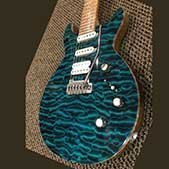-
Posts
14,194 -
Joined
-
Last visited
-
Days Won
60

craigb replied to SteveStrummerUK's topic in The Coffee House

craigb replied to paulo's topic in The Coffee House

craigb replied to SteveStrummerUK's topic in The Coffee House

craigb replied to Bapu's topic in The Coffee House

craigb replied to SteveStrummerUK's topic in The Coffee House

craigb replied to Sheens's topic in The Coffee House

